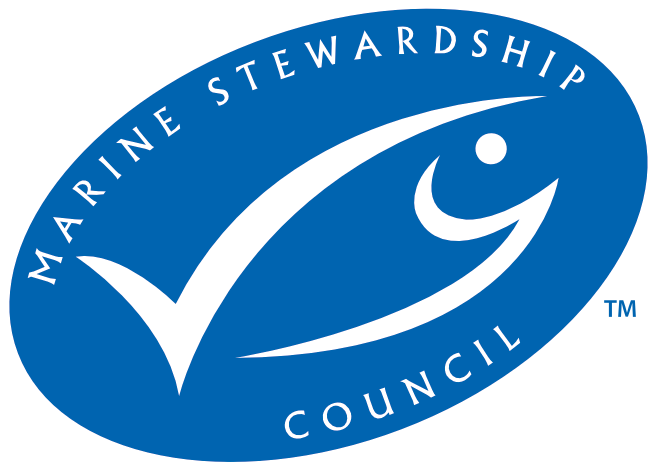
- Certifier :
- q.inspecta GmbH
- Certified status :
- Certified
- Certified since :
- 09 Dec 2019
- Certificate expires :
- 08 Jun 2030
Overview
Fisheries are composed of one or more parts, each of which is entitled to receive an MSC certificate. These parts or “units” are defined by their target stock(s), fishing gear type(s) and if relevant vessel type(s), and the fishing fleets or groups of vessels.
When the term “Unit of Certification” is used for fishing units that are in assessment, it refers to the “Unit of Assessment” or “Unit of potential certification”. Expand a status below to view the parts that form this fishery. To check the detailed scope, download the latest certificate or open the Assessments page to get the latest report. Find out more by visiting our page on Fisheries
Catch by Species
| Species | Reported Catch Year | Metric Tonnes |
|---|---|---|
| Sandfish (Holothuria scabra) | 2023 | 12.2 |
| Deep-water redfish (Actinopyga echinites) | 2023 | 105.6 |
Information is provided by an independent Conformity Assessment Body as live weight (the weight of species at the time of catch, before processing) and where a fishing season covers multiple years, the end year is given as the reported catch year. Additional information is available in the latest report, see the assessments page.
Eligibility, client groups and vessel lists
A fishery may choose to define the members of the fishery certificate. These members can be vessels or other client group members (e.g. companies that own vessels and/or companies that are named as eligible to handle certified product covered within the fishery certificate scope). Please refer to the fishery certificate statement on additional product specific eligibility criteria (e.g. product eligibility limitations, eligibility date, exclusive points of landing and the point where Chain of Custody certificate is required). Please consult the fishery Public Certification Report for product eligibility rationale.
| Documents | Published on | Files |
|---|---|---|
| Vessel List | 01 Aug 2024 | 1 files |
About this Fishery
The Western Australia Sea Cucumber fishery was the world’s first sea cucumber fishery to be certified to the Marine Stewardship Council’s global standard for a well-managed and sustainable fishery.
The fishery operates off the Western Australia coastline and catches two species of sea cucumber, the deep-water redfish (Actinopyga echinites) and sand fish (Holothuria scabra). Products are harvested, processed and marketed by Tasmanian Seafoods to Singapore, the Chinese mainland, Hong Kong SAR and Taiwan Province.
Speaking about the MSC certification on 10 December 2019, of the Western Australian sea cucumber fishery, Mark Webster, CEO for Tasmanian Seafoods, said “Western Australia sea cucumber is hand-harvested in remote and pristine waters, so there are very few interactions with the ocean floor and none with threatened or endangered species. Due to hand harvesting, the fishery has no incidental bycatch. We believe these conditions lead to a world-leading quality product."
The certified fishery was independently assessed to the 28 principles for sustainable fishing set out in the MSC Fisheries Standard by auditors, Lloyd’s Register.
Commenting on the assessment, Polly Burns, Interim Fisheries and Aquaculture Operations Manager at Lloyd’s Register, said: “The Western Australia Sea Cucumber fishery has demonstrated healthy populations of both its species of sea cucumbers. The impact of the hand gathering fishing method on the surrounding environment and the management of the fishery all meet the required scoring levels to achieve MSC certification. We are pleased that this outcome represents a world first for MSC certified sea cucumbers and look forward to continuing to report the fishery’s progress at annual surveillance audits.”
More about ‘ocean cleaning’ sea cucumber
Over 1,400 species of sea cucumber are said to exist with at least seventy of these being commercially exploited in what is now a multi-billion-dollar trade. Nearly 80 per cent of sea cucumber exports globally are destined for Hong Kong SAR where they are then re-exported into mainland China and sold, typically as a dried product known as
Sea cucumbers predominantly feed on organic marine waste and excrete vital nutrients for the marine environment.
Read the blog ‘Why ocean cleaning sea cucumber is worth protecting’